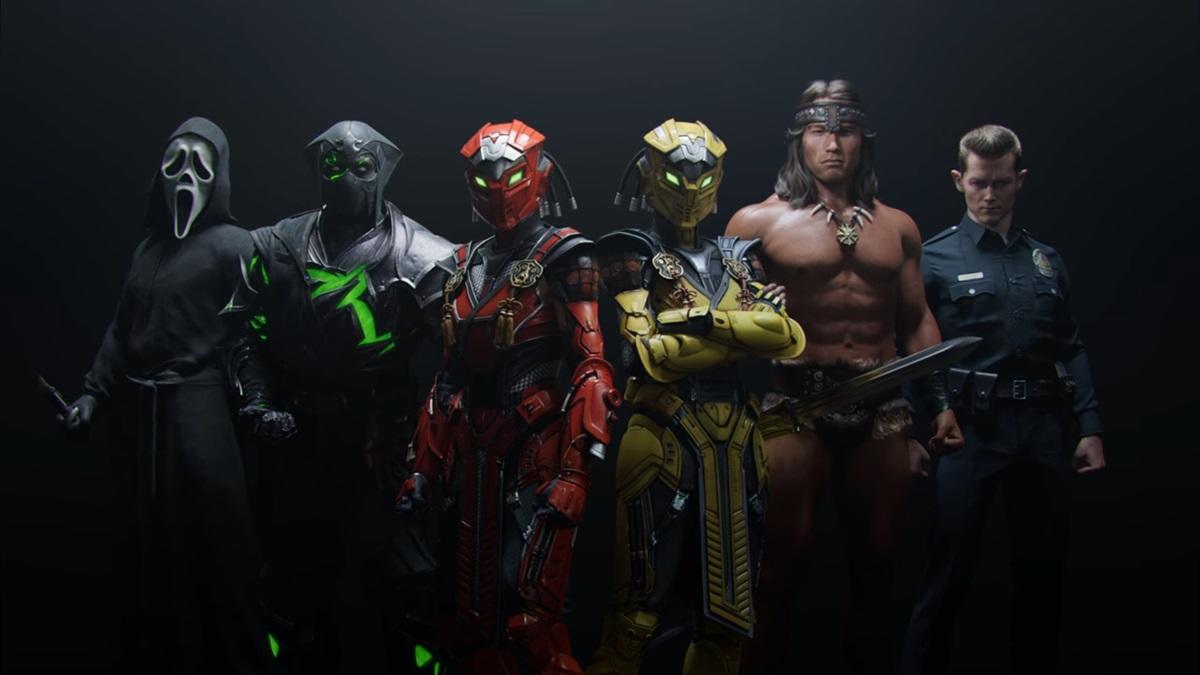Arkham Horror: Final Hour Captures the Dread of Arkham Games in a Quick, Fast-Paced Game
Arkham Horror: Final Hour provides a fast-paced alternative to traditional Arkham Horror games [...]
Arkham Horror: Final Hour provides a fast-paced alternative to traditional Arkham Horror games without losing any of the franchise's terrifying tone. Fantasy Flight Games has built a successful niche of games for its Arkham Horror franchise, all of which use monsters and themes from H.P. Lovecraft's Cthulhu mythos. Most Arkham Horror games are complex affairs with tons of components and deep, unsettling stories. Players feel like they are constantly outgunned and undermanned, with only limited resources to fight off unspeakable horrors from other dimensions. While the mechanics of different Arkham Horror games vary, one constant is the feeling that you're one step behind the forces of evil as they strive to bring their ancient powers into this world.
One consistent complaint about the different Arkham Horror games, whether its the core Arkham Horror tabletop game, Mansions of Madness, or Arkham Horror: The Living Card Game, is that the games themselves take a long time to complete. While the games themselves are a ton of fun, not everyone can dedicate a full afternoon to trying to stop the schemes of Cthulhu and his minions. So, Fantasy Flight Games released Arkham Horror: Final Hour, a new game that captures much of the same spirit and tone of other Arkham Horror games that can still be completed in an hour or less.
In Arkham Horror: Final Hour, players enter Miskatonic University shortly after a ritual has been completed to summon an Elder God into our world. Players can reverse the ritual, but they'll need to collect clues and thin out a host of monsters unleashed upon the campus that slowly make their way to the ritual site.
The game centers on a set of ten clue tokens with one of five symbols on them. At the beginning of the game, two of the tokens are set aside, while the others are placed around the board at different locations. Players need to figure out what symbols are on the set aside tokens by investigating the various locations and revealing the symbols on the other token, thus eliminating those symbols from consideration. It's a simple logic puzzle, one that's complicated by the monsters spilling out of arcane gates around campus that destroy buildings and slowly make their way to the ritual site.

Play is divided into two phases. During the player phase, each player will draw the top card of their personal action deck and then place it face down with one of their priority cards. Each action card has two actions - the top half usually allows players to defeat monsters or repair buildings, while the bottom half allows players to investigate locations...and usually also causes certain monsters to activate. The two action cards with the lowest numbered priority cards will use their top action, while the two action cards with the highest numbered priority cards will use their bottom action. Players can't discuss what their action cards say, but they usually can see what priority number other players are playing to determine their actions.
Priority cards also have another important function in the game. Each priority card has a symbol matching one of the five symbols on the clue tokens. In order to reverse the ritual, players will need to collectively have cards with one of the two symbols from the ritual in their hands. This becomes particularly important late in the game, when players have to decide whether to keep a priority card containing a ritual symbol they think they need in their hand or to play it to keep the team moving towards short-term goals.
The monsters themselves aren't as threatening as they are in other Arkham Horror games, but they still provide an ever-present threat that always seem to be on the verge of overwhelming players. The monster tokens have one of three symbols on them, which cause them to either move to another location, destroy their existing location (thus reducing the number of monsters that can be placed at that location), or attack players. Once one location is filled with monsters, the monsters automatically advance to the next location. If the monsters overrun the ritual site, the players automatically lose. The monster mechanic is clever and easy to manage, and I liked how it provided a threat that felt overwhelming but actually gave players some room to function.
My biggest criticism with Arkham Horror: Final Hour is the lack of diversity in its characters. While 1920s Massachusetts wasn't exactly a diverse place, Fantasy Flight Games needs to do better when picking out characters for its Arkham Horror games. Considering the racist undertones of Lovecraft's original work (which cosmic horror and even the Cthulhu mythos has wisely moved away from), these games should do better to present a cast of diverse heroes. Arkham Horror: Final Hour's sole character of character is an Asian woman who is striking a martial arts pose and wearing a cheongsam. If players are expected to believe that Star Spawn are invading a liberal arts college, there's no reason not to have a black person trying to stop them. It's a very minor nitpick (and other Arkham Horror games do have a more diverse cast,) but one that bugged me given Lovecraft's stated views on race.
The biggest compliment I can give to Arkham Horror: Final Hour is that my friends who usually avoid Cthulhu mythos games like the plague really enjoyed this game. Each Arkham Horror session we played was tense and came down to the wire, and the game took steps to neutralize "game generaling," in which one player calls all of the shots in what's supposed to be a co-op experience. Arkham Horror: Final Hour is a fun take on the Arkham Horror franchise experience, one that doesn't sacrifice the tone or feel of longer Arkham Horror games despite its truncated gameplay.
Rating: 4 out of 5




